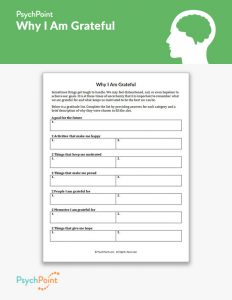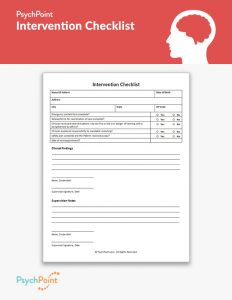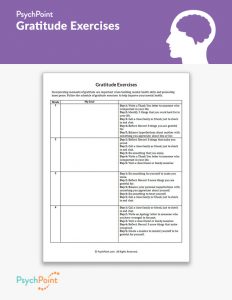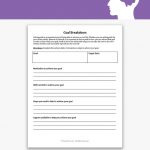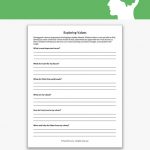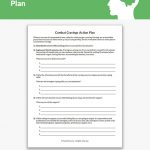Positive Journal Worksheet
Worksheet updated on April 25th, 2025
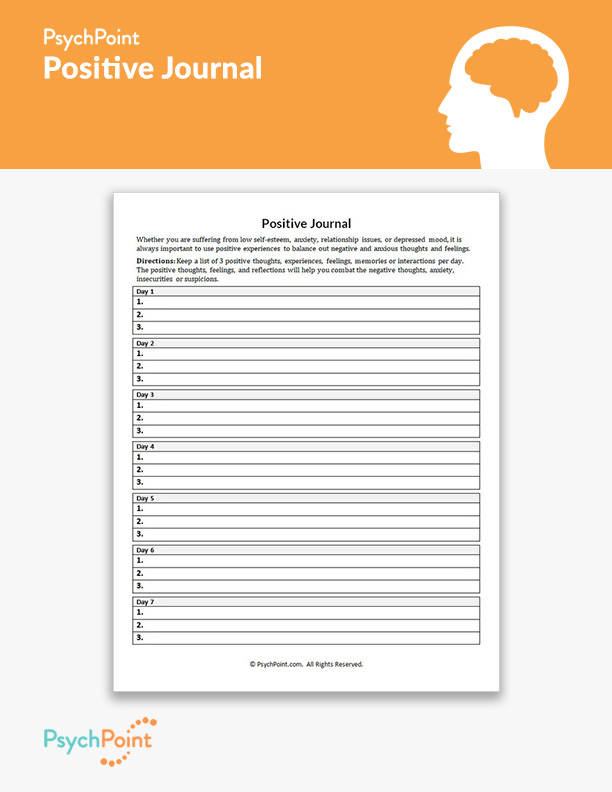
Many clients in therapy struggle to see their daily lives from a healthy perspective. It can be a challenge for clients to remove the negative lens that causes them to feel anxious, depressed, or angry. While we cannot expect someone to always see things positively, teaching clients to balance negativity with positive experiences can help improve their perspective and boost hopefulness in their lives.
Teaching a client how to focus on positive things that happen in the day can help reframe negative assumptions about life that contribute to low self-esteem, self-doubt, and depressed mood. Recognizing and giving credit to the positive things can make a difference when learning how to manage negative thoughts and low mood.
About This Worksheet
Positive experiences do not have to be profound to make a difference. When there is a habit of focusing on the negative, journaling exercises can help the client build the skill of balancing negativity with positivity.
The Positive Journal worksheet provides a simple journaling prompt that can be quickly completed while the client goes about their day. The goal of the worksheet is to challenge the client to be more aware of the positive things they experience. They are encouraged to record positive events in their day to balance positive and negative impressions and assumptions about their life.
With this worksheet, the client learns how to incorporate positive reflections into their routine to create a more hopeful attitude and healthier perspective. The practice can reduce symptoms of depressed mood, anxiety, and anger.
The Positive Journal worksheet is a homework assignment for adolescents and adults. It is best utilized in individual counseling sessions but can also be used in group sessions at the therapist’s discretion.
Instructions
Review the introduction and directions with your client. Instruct them to record 3 positive experiences a day for 7 days. Explain that the experiences do not need to be profound to be worthy of recording. The client may refer to the directions for what to record each day.
This worksheet works best when practiced for at least 2 consecutive weeks. In the upcoming sessions, start a dialog reflecting on the client’s experience with the worksheet. Ask reflection questions, like:
- What has it been like to be intentional about finding good things about your day?
- Have you noticed a difference in your mood, attention, or ability to cope with stress?
- How has building awareness of positive experiences affected your perspective?
The positive reflection will help the client build self-awareness and focus on the good experiences in their life. This will create a balance that will help them fixate less on the negative, which can help with improving mood and reducing stress.
References
Ballas, P. (n.d.). Journaling for emotional wellness. In M. M. Ratini & R. Watson (Eds.), University of Rochester Medical Center.
Meyers, M. C., van Woerkom, M., & Bakker, A. B. (2012). The added value of the positive: A literature review of positive psychology interventions in organizations. European Journal of Work and Organizational Psychology, 22(5), 618–632.

